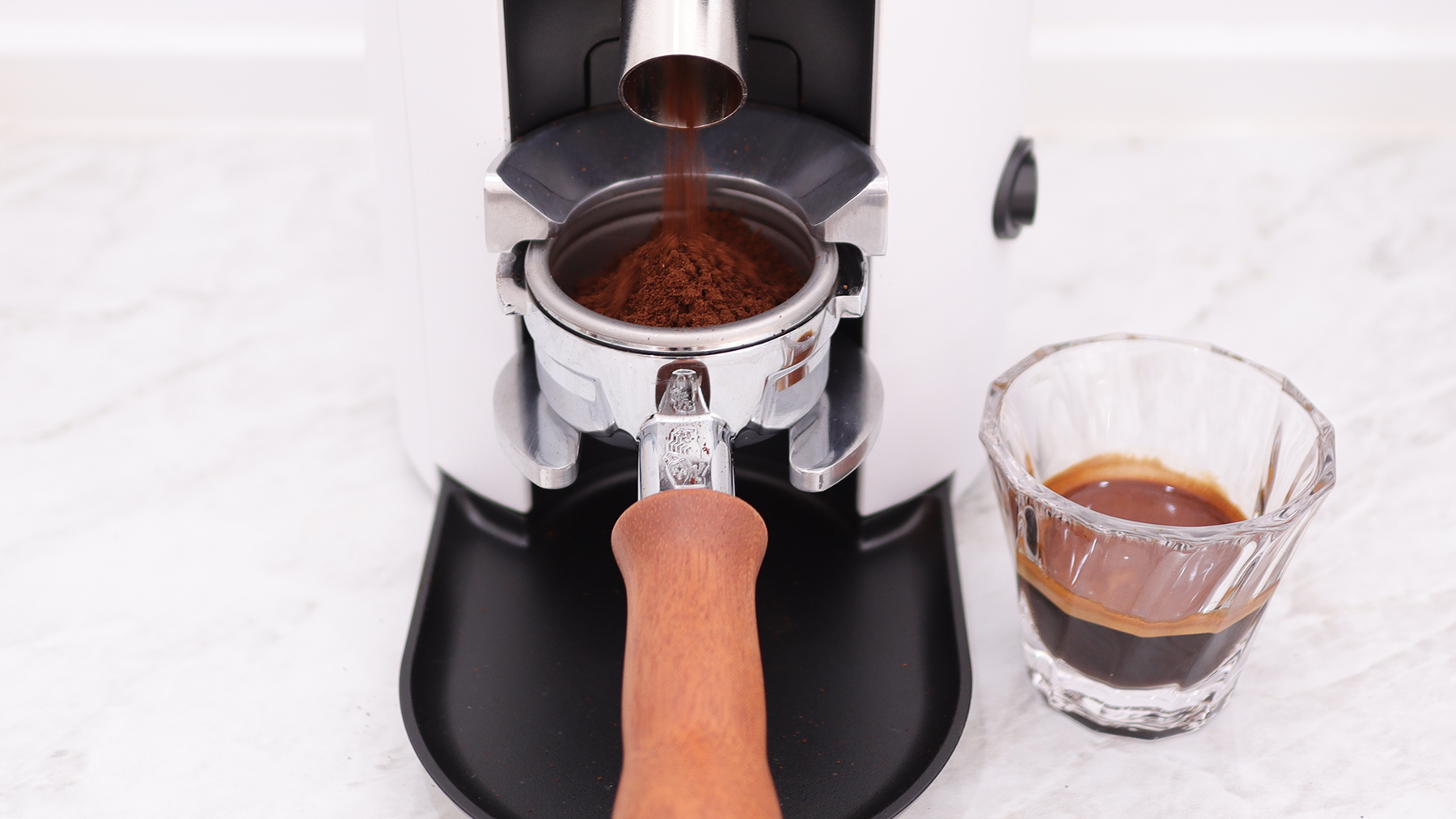Whether in a rush or wanting to enjoy a few moments to yourself, coffee is always at hand. You can pop into your favorite coffee shop for a treat or make a delicious cup at home. Regardless of how you take your coffee, it’s an undeniable truth that we all love a sip of freshly brewed coffee, strong enough to carry us through our day and wake up the senses.
However, there’s one punchy contender that has won the hearts of many: espresso! Before we get into the ins and outs of this fan-favorite brew method, we’ll walk through some of its history and some essentials for brewing it at home.
The history of the caffè espresso
For centuries, coffee has been a beloved drink. In fact, its origins are traced all the way back to the 15th century.
But, it wasn’t until the 20th century that coffee became a global commodity. We owe this in part to two Italian innovators: Angelo Moriondo and Luigi Bezzera. In 1884, Moriondo developed the prototype for what would later become the espresso machine.
Bezzera then took this idea and created a more individualized machine that used steam and hot water to pass through coffee grounds and straight to a cup. Thanks to Bezzera, people could have freshly brewed coffee in just 30 seconds.
At the World Fair in Milan in 1906, the caffè espresso was introduced. Since then, new models of the espresso machine have been created to meet the needs of the more modern coffee consumer.
Given its rich history, it’s no wonder espresso is still the preferred extraction method for so many. Its rich and complex flavors are bold and full-bodied. As well, this brewing method is quick and provides just the kick you need. How, then, do we take this age-old brew and make it at home?
How to brew espresso
Before we get started, keep in mind:
-
Ratio: the recommended coffee dose for a double shot of espresso is between 18 to 21 grams. This depends on the roast profile of the coffee and the basket size of your portafilter. The coffee to water ratio is typically 1:2, depending on how you like your espresso. A scale will come in handy for this as accurate measurements will help you to brew more consistently and keep track of the brewing recipes for your personal preferences.
-
Coffee bean and grind: opt for a medium-dark roast coffee, or a blend made for espresso. Grind your beans the day you’ll use them to preserve taste and freshness. Preferably grind with an electric burr grinder like our X54 Allround Home, as this kind of electric grinder provides a consistent and even grind each time. You’ll want to use a fine grind size, if the coffee grind is too coarse your espresso will extract too quickly and taste sour.
-
Brewing time: based on your unique recipe, this can vary. However, the recommended extraction time is typically between 25-30 seconds depending on the roast of the coffee. Adjusting the grind size and the brewing time will help you find the “sweet spot” between a sour coffee (under extracted) and bitter coffee (over extracted).
Once you’ve got this down, it’s time to trial a few versions of this industry standard method until you discover an espresso recipe that works for you:
- Before getting your machine started, weigh and grind your beans to a fine consistency.
- Fill your espresso machine reservoir with the right water for brewing - that is, water with low mineral content (think filtered water) so as to not affect taste. Switch on your machine to heat up the water.
- Take your portafilter and make sure the basket has been wiped clean. Wipe down with a small cloth to ensure no grounds are left. Once done, place the entire portafilter on a scale to measure as you add your coffee grounds to the basket.
- Remove the portafilter from the scale and tamp the coffee. Make sure you’re keeping the tamping handle as flat as possible to compress the coffee evenly.
- Flush out the machine by turning it on and running some hot water through. Afterwards, attach the portafilter and place the cup(s) you’ll use underneath.
- Get your timer ready and start brewing for the required time range. Once it hits the mark, stop the machine and taste your espresso!
For a more detailed step-by-step guide on the espresso preparation process, check out our blog article “
This is how to make the perfect espresso”.




